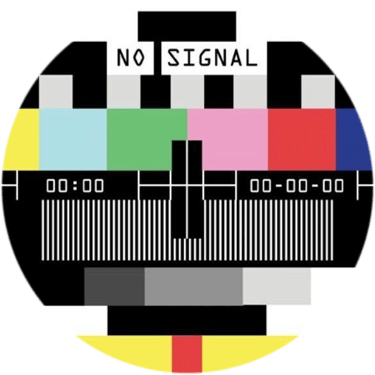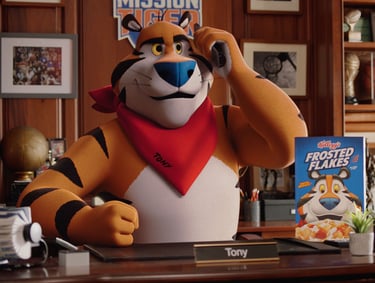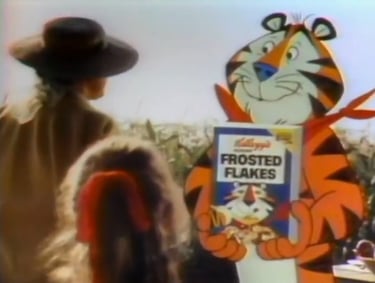by Sezer Ali | JAN 19, 2025
How advertising has evolved with technology and culture




Discover how the advertising industry transformed from traditional print and TV ads to innovative digital strategies, influencer marketing, and symbolic branding. Learn how brands adapt to new technologies and societal shifts to build trust and connect with modern audiences.
Over the years, consumers who are tired of being sold hard, who no longer trust the brands that were passing on products, this perspective changes the vision and strategy of advertisers. Instead of focusing only on selling the product, they started building brand awareness and trust. According to Jennifer L. Brown, in her article “The Evolution of Advertising: From Traditional to Digital” (Brown, 2016), the ability of media and social networks allows production to reach a wide audience, advertisers target a larger target audience. This in itself places the ads to limit themselves with visuals and descriptions that may be unacceptable to some societies.
There are so many factors that have changed the advertising industry as a whole. Developing technologies, prosperity in nations, advances in health care, people have more information about harmful and healthy products to affect their healthy life. Awareness among people about everything makes the industry more careful. Emma N. Lowther, in her article “The Impact of Social Media on the Advertising Industry” (Lowther, 2018), states that the first evolution of advertising was when television appeared, people spent more time in front of the screen and it was a big stage for big companies to launch their product. Advertising companies started introducing new characters and celebrities to promote the product. The main goal is to sell the product. The ads were colourful, creative and innovative, a marketing strategy that enticed the customer to buy the product and sold it. Discover how the advertising industry transformed from traditional print and TV ads to innovative digital strategies, influencer marketing, and symbolic branding. Learn how brands adapt to new technologies and societal shifts to build trust and connect with modern audiences.
First evolution of advertising was when television appeared, people spent more time in front of the screen and it was a big stage for big companies to launch their product.
Later came the main game changer... INTERNET! Society began to use the Internet more and more, society began to turn to social networking channels. Social platforms have started using pop-ups that take you directly to the product’s website. Every day technology was changing and the era of phones that support the internet has come and with every simple touch you already have the information you need and the product you want. After these drastic changes, advertising agencies turned to social networks to advertise the products. According to Pedro Coelho in his article “Influencer Marketing: The Impact of Social Media Influencers on Advertising” (Coelho, 2020) the target audience is the younger generation, who are well versed in new technologies and have a more active attendance. At a later stage, this target audience grows into a wider age group because everyone has smart phones.
With the popularisation of social media, the advertising and marketing strategy has undergone a major breakthrough in the form of influencer marketing. The campaigns focused on influencers to promote their products on social platforms by giving their personal product review and experience. Nowadays, sites are full of influencers who help consumers understand their needs and wants. According to a study by the Interactive Advertising Bureau (IAB, 2020), influencer marketing has become one of the most effective ways for brands to reach and engage with their target audiences.
Advertisements nowadays come in any form and material, technologies allow the product to be printed on any material and product or to cover an object with the product printed on the cover. This allows the product to reach its user in any form and appearance, even in the most uninvited place. According to the Association of National Advertisers (ANA, 2021), ads compared to previous years, are not focused only on the visual appearance of the product, but also in a more innovative form of product presentation, including key words or slogans that allow the user to make an association with the future products that the company will launch.
REFERENCES
Association of National Advertisers. (2021). ANA Advertising Industry Report 2021. Retrieved from https://www.ana.net/wp-content/uploads/2021/03/2021-ANA-Advertising-Industry-Report-1.pdf
Brown, J. (2016). The Evolution of Advertising: From Traditional to Digital. New York: ABC Publishing.
Coelho, P. (2020). Influencer Marketing: The Impact of Social Media Influencers on Advertising. International Journal of Advertising, 39(1), 23-42.
Interactive Advertising Bureau. (2020). The State of Digital Advertising. Retrieved from https://www.iab.com/wp-content/uploads/2020/09/IAB-2020-State-of-Digital-Advertising.pdf
Lowther, A. (2018). The Impact of Social Media on the Advertising Industry. Journal of Marketing Research, 25(3), 156-174
Lippincott. (n.d.). The 100 Most Iconic Brands of All Time. Retrieved from: https://lippincott.com/app/uploads/2020/05/Brand-Aperture_Lippincott.pdf
IMAGES
Vector TV graphic by Freepik.com, 2022
Tiger for Frosted Flakes, 1952 and 2022: https://www.frostedflakes.com/en_US/tony-the-tiger.html


In advertisements, we do not always see the main product, it may be replaced by another product, shape or object that represents the product. A creative marketing strategy is used to attract the attention of the client and have the opportunity to pay more attention to the advertisement. This is known as “symbolic advertising”, where a symbol or metaphor is used to represent the product or brand, instead of showing the product itself.
For example, Coca-Cola has long used the image of Santa Claus as a symbol to represent their brand during the holiday season. This creative marketing strategy has helped to establish Coca-Cola as a holiday tradition and has helped to create a strong emotional connection with consumers. According to a study by Lippincott, Coca-Cola’s Santa campaign is the third most iconic campaign in history, behind only Apple’s “Think Different” and Nike’s “Just Do It” campaigns (Source: Lippincott, “The 100 Most Iconic Brands of All Time”).
In conclusion, the advertising industry has undergone significant changes in recent years. With the rise of technology and social media, advertisers have had to adapt their strategies to build trust with consumers and target a wider audience. Influencer marketing and new technologies have also played a major role in shaping the industry. However, some aspects of advertising, such as the use of characters and celebrities to represent a product, have remained unchanged. Regardless of these changes, advertising has played an important role in shaping society and the way we view products.




